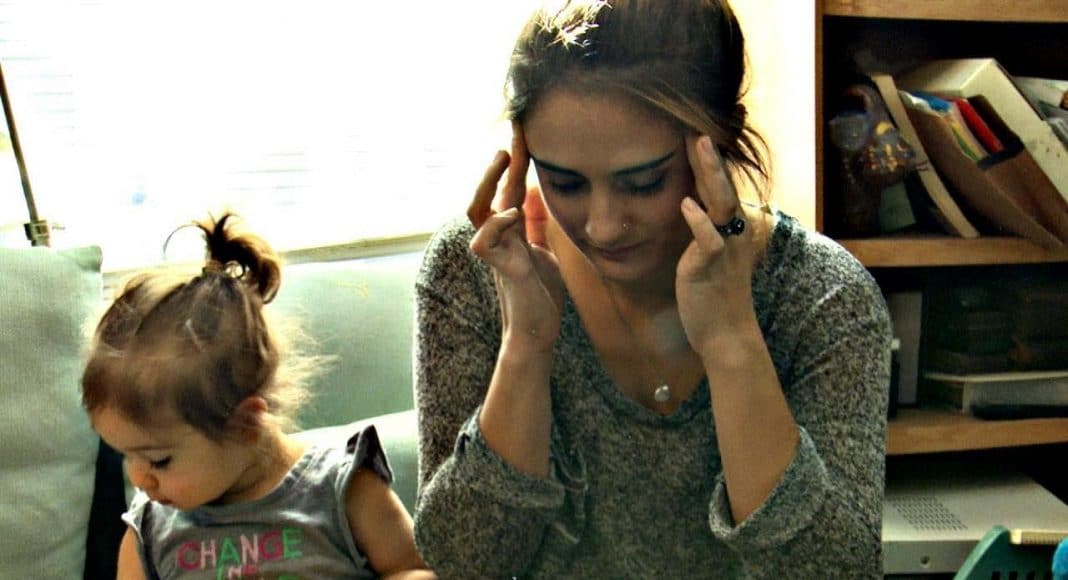“Start Low and Go Slow” is a mantra making headway in the marijuana world these days. More and more consumers of cannabis are avoiding the psychoactive “high” the herb is known for and seeking a smaller, more controlled experience.
And this microdosing trend is catching on in a big way among parents of young children. On the Feb. 8 episode of the daytime talk show “The Doctors,” mothers who are taking very small doses of marijuana discuss how microdosing has changed their lives for the better. Much better.
During the program, viewers met Ozzie, a mother of two children and a business owner. She microdoses every day. According to Ozzie, who did not want to use her last name, small amounts of cannabis help her manage her anxiety. She says she considers cannabis to be part of her daily health regimen, and she compares it to someone taking St. John’s Wart.
-
Related Story: Marijuana Microdosing: What Is It And How Do I Do It?
Ozzie takes her tiny dose of cannabis after her children have left for school. The herbal medicine helps her feel more creative, motivated and has helped in the success of her business. “I’m just a generally happier person,” Ozzie says of her microdosing.
Also appearing on the program is Alexandra, a mom who microdoses to treat migraines. Within 15 minutes of taking a small amount of cannabis, she finds that her headaches begin to clear, Alexandra says. Microdosing allows her to “medicate and still feel in control.”
-
Related Story: Microdosing Marijuana Gets Even More Micro In Canada
Dr. Dustin Sulak, who treats patients with cannabis, also joined in the discussion. According to Dr. Sulak, this type of treatment is “extremely safe” and non-rewarding, meaning there is not a pro-addictive effect and he says it does not send a pleasure signal to the brain. He says this approach is “like a daily supplement” and claims it works to keep healthy people healthy.
Dr. Sulak admits that mircodosing is guaranteed to promote health, but he says if the cannabis is reducing stress and enhancing someone’s performance that he considers that a “marker of health.”


